
Use Cases
Acquired Brain Injury
Improves the patient’s autonomy by helping them regain control
on the processes affected by brain injury.
In which profiles can we apply NeuronUP?
Some activities for people
with acquired brain injury
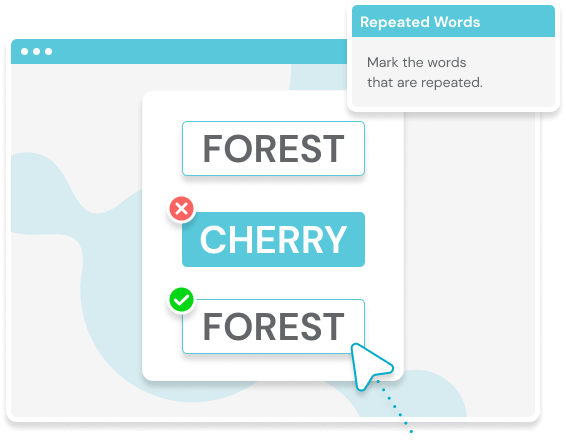
Repeated
Words
The patients works on selective attention and working memory by searching and selecting all the words that appear repeatedly on the worksheet.
- Organized into five levels of difficulty.
- Available in digital or paper format.
Correct
Behaviors
In this activity the patient must analyze the correct way to behave in a situation represented in an image, working on social cognition from multiple perspectives (self-esteem, assertiveness, civility, constructive criticism, rights, empathy, hygiene, persuasion, social relations, routines…).
- The worksheet is organized into five levels of difficulty.
- Available in digital or paper format.
- The paper format includes the option to discuss with the patient the options to be chosen.
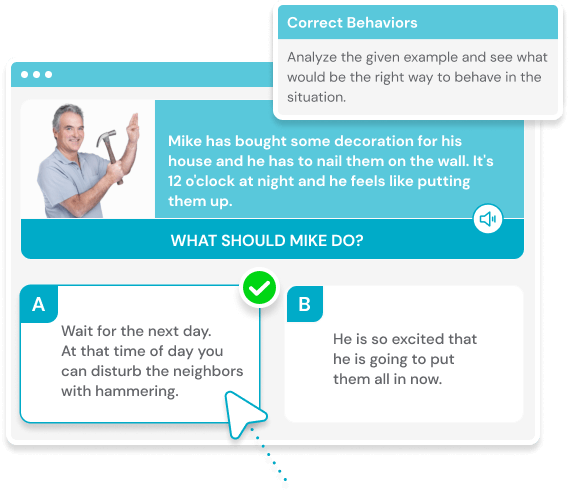
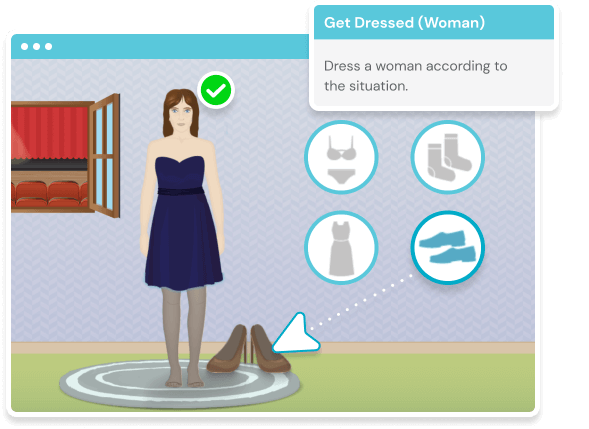
Get Dressed
Activity designed to promote the development of decision making, body schema and planning. The patient must adequately dress a human figure with the clothes provided. It is highly customizable and can be adapted:
- Level: the higher the difficulty, the fewer indications there are and the clothing choices are more complex.
- Number of exercises.
- Maximum time chosen and whether or not the timer is shown.
- Number of garments displayed and option to move them by dragging or clicking.
- Scenarios and distractors.
- Number of aids and errors allowed.
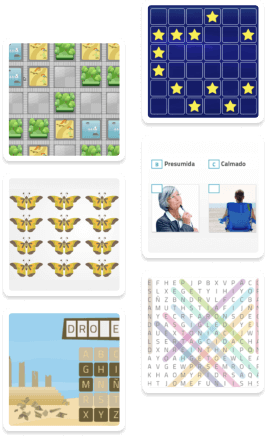
Discover 10,000 more exercises on our platform
Monitor the progress of the intervention
Automatic data updates
NeuronUP generates graphs that are updated after each exercise, allowing you to know the evolution of the user both in a specific exercise and at a global level of the intervention.
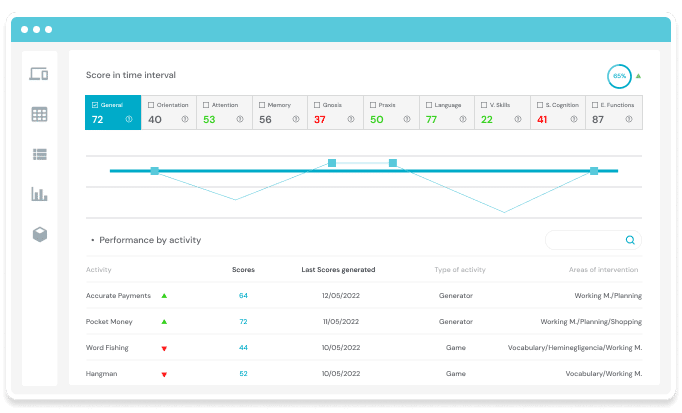
On what basis
do we design our exercises?
We identify the constructs, operations and functions (Burgess et al., 2006) involved in human activity, in order to create exercises capable of calibrating them during the rehabilitation process.
Burgess, P. W., Alderman, N., Forbes, C., Costello, A., M-A.coates, L., Dawson, D. R., … Channon, S. (2006). The case for the development and use of measures of executive function in experimental and clinical neuropsychology.Journal of the International Neuropsychological Society, 12(02), 194- 209.
The aim is to create motivational and customizable ecological contents that support the processes of neuropsychological stimulation and rehabilitation (Wilson, 1987; 1989).
Wilson, B. (1987). Single-Case Experimental Designs in Neuropsychological Rehabilitation. Journal of Clinical and Experimental Neuropsychology, 9(5), 527-544. doi:10.1080/01688638708410767
Related studies
Acquired Brain Injury
TBI
Cernich, PhD, S. M. K., PhD, K. L. M., & PhD, P. B. R. (2010). Cognitive Rehabilitation in Traumatic Brain Injury. Current Treatment Options in Neurology, 12(5), 412-423. doi:10.1007/s11940-010-0085-6
Stroke
Cha, Y.-J., & Kim, H. (2013). Effect of computer-based cognitive rehabilitation (CBCR) for people with strokes: A systematic review and meta-analysis. NeuroRehabilitation, 32(2), 359-368. doi:10.3233/NRE-130856
What our clients say about us
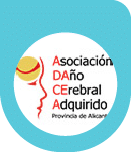
Paula Rodríguez,
neuropsychologist
I have been using NeuronUP for more than two years at the brain injury association and the patients are very happy to work with the platform’s activities.”

Gloria Cano,
neuropsychologist
I think it is a platform that every psychologist and neuropsychologist should have, as it provides you with the necessary material to work on cognitive stimulation in a comfortable and easy way, in person and from home”.

Rocío Mendoza,
neuropsychologist
With NeuronUP, the monitoring of children’s progress is more objective and demonstrable to parents.”
Learn more about
NeuronUP
Try it for free
The platform that 3,500+ professionals use on a daily basis